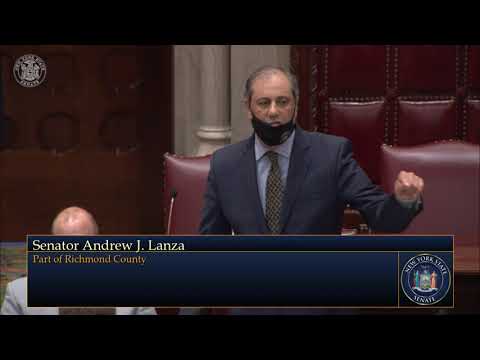
Senator Andrew Lanza today applauded Governor Cuomo for signing into law legislation that will help improve New York State’s ability to coordinate preparation and response for disaster emergencies. The new legislation will update current emergency laws, allow the State to accept certain gifts and donations to assist with emergencies, and help implement the NY-Text emergency alert system.
“We are making sure New York is better prepared for the new reality that our state will face extreme and devastating storms far more often than ever before,” Senator Lanza said. “Improving our ability to prepare for and respond to future disasters is key and this legislation is an important step forward in these efforts. These updates to current emergency laws will strengthen our State’s preparedness and response capabilities, which will add to our overall resiliency for future storms, natural disasters and any other significant emergencies.”
The new law permits fax or other electronic modes of communication as a method for sheriffs to notify the Governor when a state of special emergency is declared in a particular county.
The Office of Emergency Management (OEM) will now be able to accept any assistance including gifts of goods or services, excluding money, from a public or private source for the purposes of preparing for, responding to, or recovering from a state disaster emergency. To ensure transparency, a public database will be maintained to include names of donors and recipients, the type of assistance given, and the value of the assistance.
The new law will also implement the NY-Text system by providing immunity from liability to mobile service provider intermediaries that are acting on behalf of the State in sending emergency alert messages. The NY-Text system allows for mass text messages to be sent to all wireless telephones in a chosen area before, during or after an emergency. The legislation will give mobile service provider intermediaries immunity for any consequences resulting from the transmission of or failure to transmit an emergency alert when the provider acted reasonably and in good faith. This removes a barrier to contracting with potential providers as the State puts this alert system in place.



